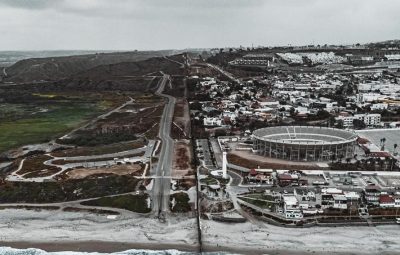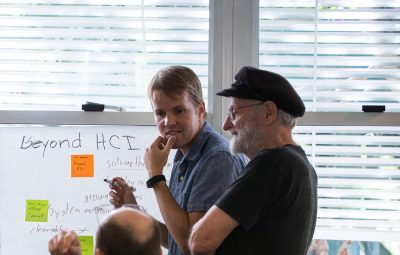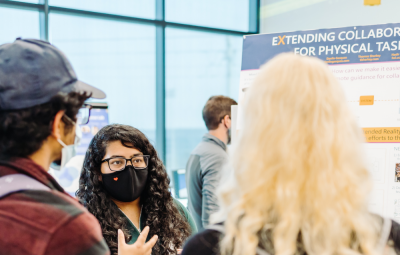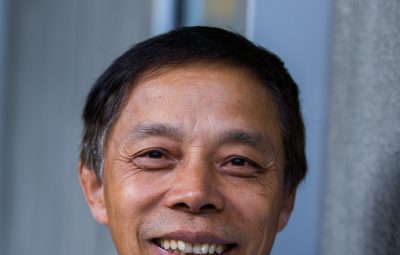UC San Diego Design Lab Associate Director Michèle Morris recently joined venture capitalist, entrepreneur and author Greg Horowitt at a “Community Fireside Chat” hosted by SCALE. SCALE is a startup accelerator that provides funding to exceptional companies developing technology for urban innovation. SCALE partners with prominent local city officials, universities and corporations to provide “smart citizens” with the resources to tackle urban problems.
“Design thinking is critical to creating smart city solutions,” said Michèle Morris. “Design thinking involves group thinking for a multi-faceted approach that really looks to find the root of city problems.” The talk was held at one of San Diego’s premier co-working spaces, Downtown Works, and moderated by Daniel Obodovski, co-author of The Silent Intelligence: The Internet of Things, a book about the upcoming technology revolution. Mr. Obodovski was formerly the director of business development at Qualcomm and director of strategic marketing and business development at Motorola Germany. During the event, Morris and Horowitt helped clarify how startups can utilize human-centered design thinking and smart-city solutions to address urban problems.
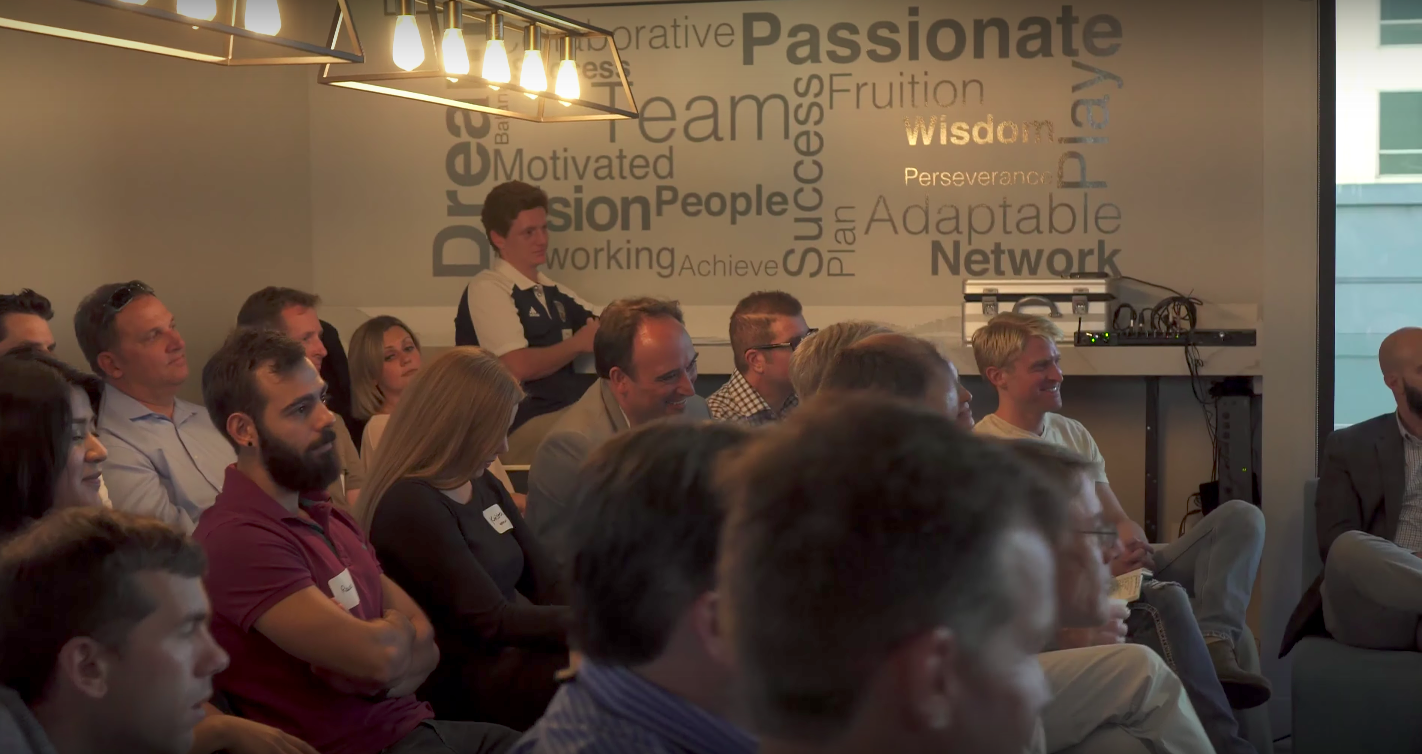
The talk also included a lively discussion on how human-centered design can be applied to smart city technologies such as sensors, networks, data analytics, machine learning and robotics. Morris and Obodovski explained how these technologies are leading to new “smart city solutions” for transportation, parking, sustainability, climate action and open data city projects and proposals.
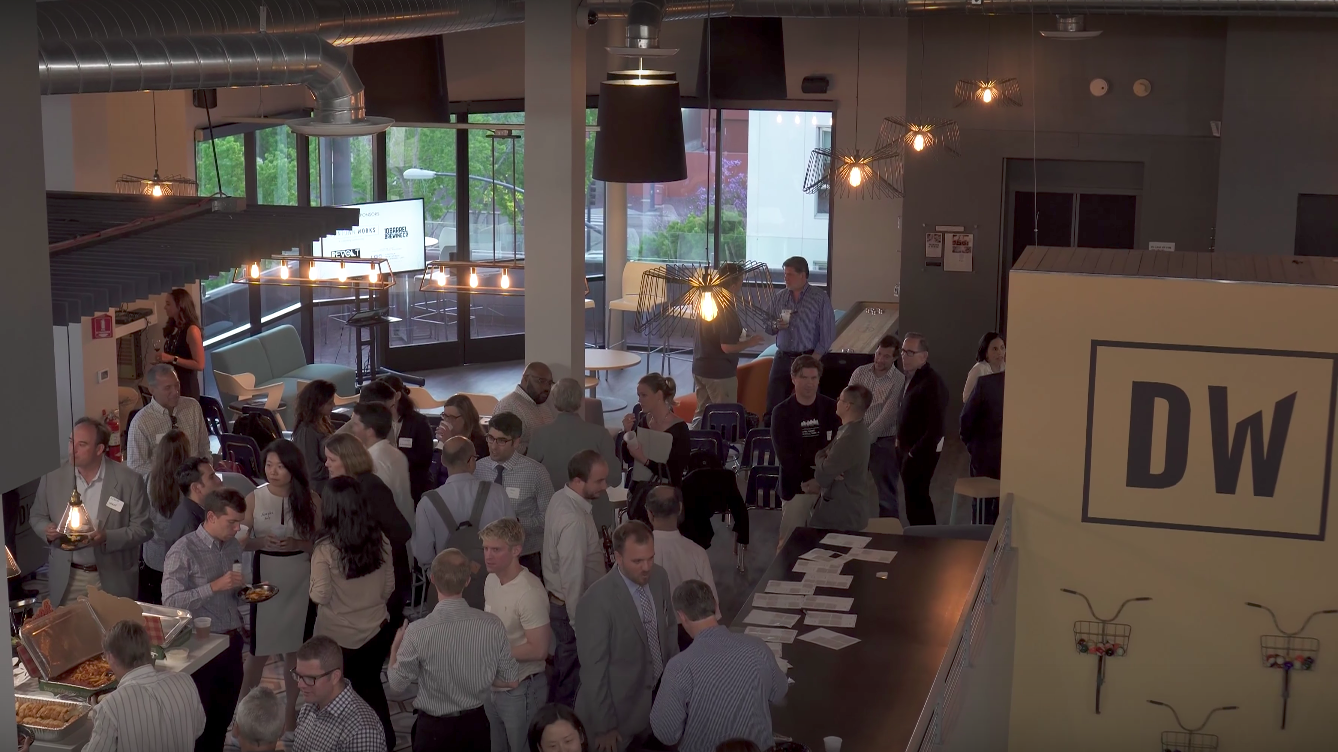
“We were thrilled to have Michèle Morris and Design Lab join us to help further our understanding of urban innovation and design,” said Obodovski. “At SCALE, we set our focus on helping entrepreneurs and start-up companies get to the next level in the urban innovation space. We believe we are at the perfect moment in time to bridge the divide between talent and technology, by providing support to entrepreneurs who are bringing great ideas to urban innovation,” he added.

